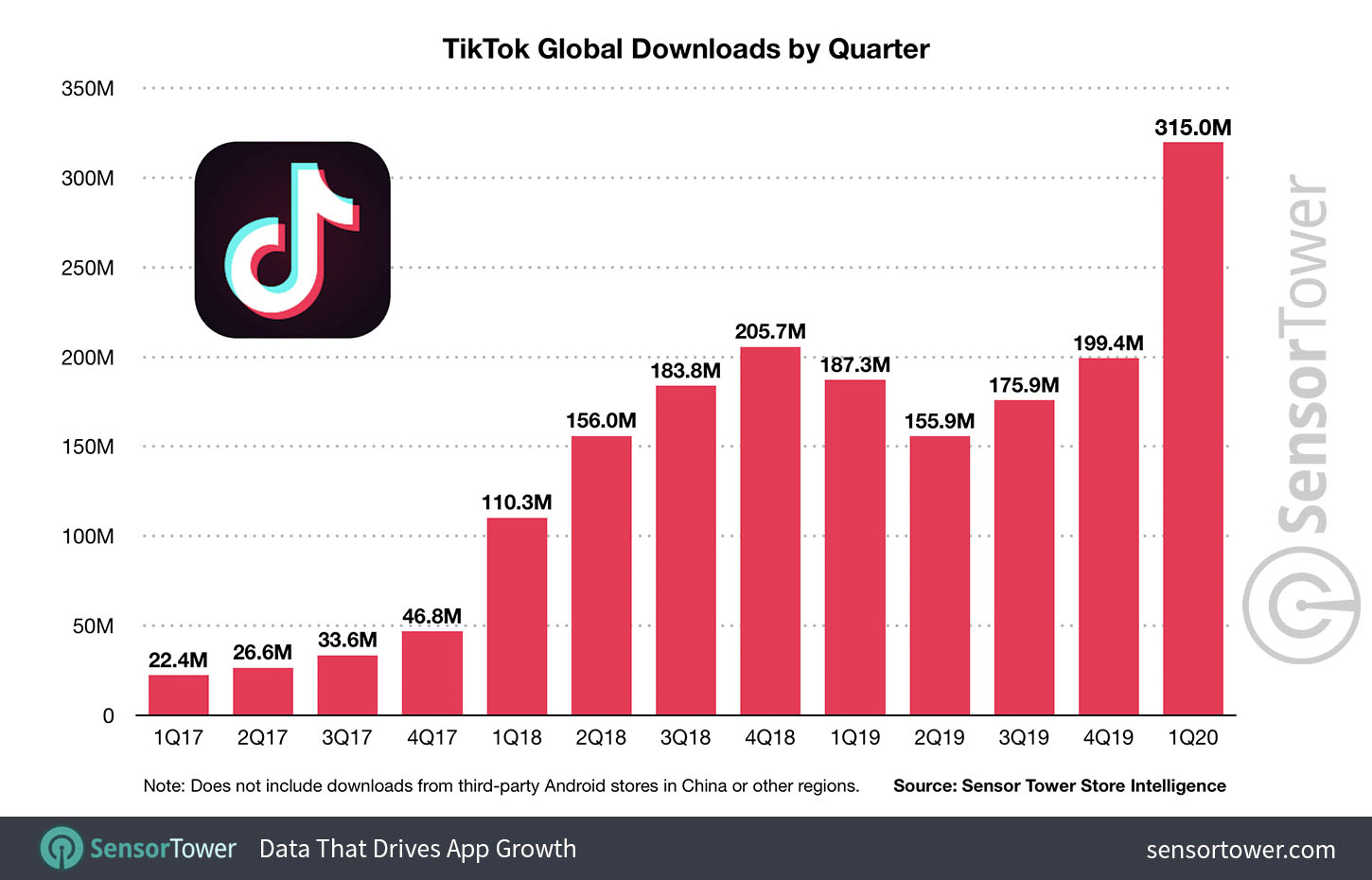After a quarter in which eBay, tussling with an activist investor, completed the sell-off of its ticketing business StubHub for $4 billion and saw appointed a new CEO after its previous one departed, while also weathering waves of surging demand and dodgy supply resulting from the COVID-19 pandemic, today the e-commerce company reported its Q1 earnings after the close of markets.
The company reported revenues of $2.374 billion, down 2% on a year ago, with earnings per share of $0.64 on a GAAP basis and $0.77 non-GAAP, on a continuing operations basis.
This was a mixed result. Analysts on average were expecting $2.38 billion in revenues on earnings per share of $0.72. Ebay itself was expecting sales of between $2.31 billion and $2.36 billion with an EPS range of $0.72 to $0.75. In other words, eBay missed on sales in terms of analyst average projections, beat their expectations on EPS, and beat both of its own internal targets.
At the time of writing, eBay’s stock was down 7 cents in after-hours trading.
“During these unprecedented times, I am extremely proud of how our team has come together to support one another, our buyers and sellers, our communities and the business,” said Scott Schenkel, eBay’s interim CEO, in the earnings statement. “As we look at Q1, I am pleased that we delivered on all of our commitments for the quarter, with key metrics such as Buyers, GMV and Revenue performing at or better than our expectations. Over the past several months, we have remained focused and clear-eyed about the strategic direction of the company and have driven substantial changes to position the business for sustainable and profitable long-term growth.”
“I appreciate the team’s hard work in the first quarter and their efforts to maintain focus amid so many factors affecting the business and the industry,” said Jamie Iannone, the new permanent CEO that it headhunted from Walmart, in a separate statement. “I’m thrilled to return to eBay this week as CEO and I look forward to building on the positive momentum in the business, continuing to evolve the Company’s strategy and maximizing value for our shareholders.”
As expected, the company — like other e-commerce giants — has seen a boost in buyer demand from the throngs of consumers who are currently being ordered to stay at home, but who still need to buy things, and specifically try to source items that they’re finding a challenge to find in more local stores. eBay noted that active buyers are up by 2% and now total 174 million global active buyers.
Despite that, however, gross merchandise volume (GMV, or total sales volume before any cuts are taken) was $21.3 billion, down 1% on an as-reported basis. We might assume that the decline might have been significantly steeper without the current climate, or that it has at least offset other kinds of declines.
Within that, its Marketplace generated $2.1 billion of revenue, down 1%, while Classifieds saw $248 million of revenue, down 3%. That Classifieds business is on the block as part of the company’s wider efforts to restructure. “eBay continues to explore potential value-creating alternatives for its Classifieds business, is holding active discussions with multiple parties, and anticipates having an update by the middle of the year,” the company noted.
There is a cloud hanging over many e-commerce businesses, even those that are seeing strong demand. The reason for this is that the economy is very shaky right now, and we don’t fully know what the coming months will hold, in terms of public health, government rules on how we can move, whether we will have jobs and money to spend. And all of that is playing into how companies like eBay will perform under its new CEO and continuing pressure from its activist investors.
With all that in mind, Ebay also updated its guidance for the next quarter and reiterated figures for the full year. Q2, it expects, will have revenues of between $2.38 billion and $2.48 billion, with GAAP earnings per diluted share from continuing operations in the range of $0.50 – $0.57 and non-GAAP earnings per diluted share from continuing operations in the range of $0.73 – $0.80.
The full-year figures are unchanged at between $9.56 billion and $9.76 billion, with GAAP earnings per diluted share from continuing operations in the range of $2.20 – $2.30 and non-GAAP earnings per diluted share from continuing operations in the range of $3.00 – $3.10.
“Given the dynamic environment, we are not revising our full year revenue and EPS estimates,” the company notes. “This guidance reflects management’s expectations for operational performance and the impacts seen in both of our Marketplaces and Classifieds platforms to date, but given the uncertainty surrounding the extent and duration of the impact of the COVID-19 pandemic, it is difficult to predict what may result as shelter-in-place guidelines are eased and lifted and how global consumer demand, the effects of COVID-19 on the general economy, seller inventory and advertising spending may evolve over time.”
More to come.





